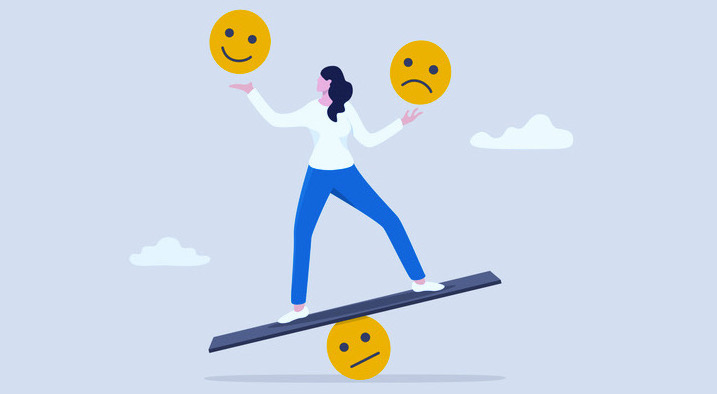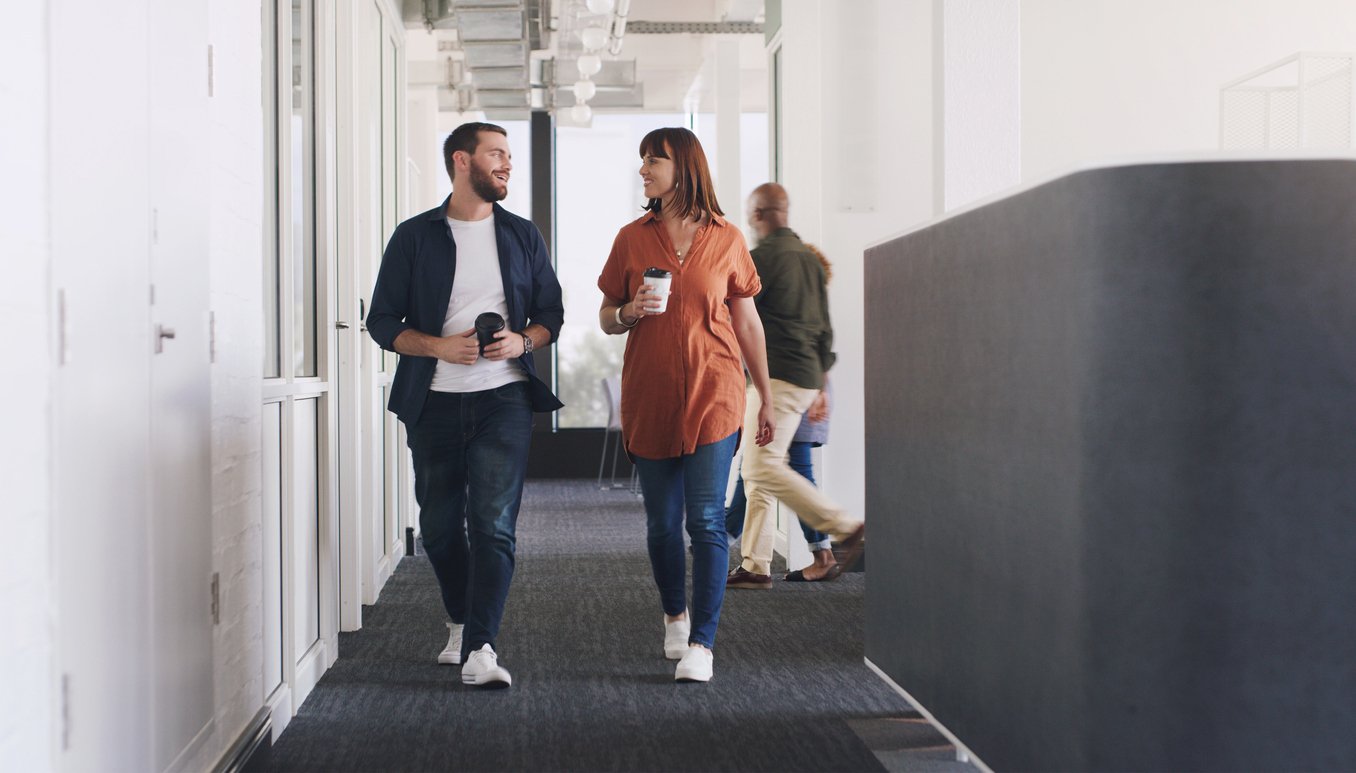There is a proven link between employee performance and levels of psychological safety at work. When organisations prioritise physical and mental wellbeing, workers perform better on a range of measures, from job satisfaction and retention to productivity and achieving key goals.
But what does this mean on a daily basis in the workplace? What sorts of things should people and businesses be doing to ensure their team members can perform at their best?
We sat down with clinical psychologist and managing director of First Response Health, Rajna Bogdanovic, to explore the relationship between mental health and employee performance, the science behind it, and ways to support workers so they, and the whole team, can thrive.
In part 2, we look at practical ways to boost health and performance.
What is high performance?
Performance and high performance can mean different things to different people, especially in a work context. It differs not only from person to person, but also by the role someone performs, the business, its management and culture, and industry standards.
Given how personal performance is, everyone, including employers and managers, should start by thinking about what high performance means and which areas of your life may need some tweaks to be able to get you to a place where you are performing at your best.
The biopsychosocial model of health
Rajna says it is very useful, when thinking about performance, to look through a biopsychosocial lens. The biopsychosocial model of health looks at the interconnection between our biology, psychology, and socioeconomic (or socio-environmental) factors, e.g. how our genetic make-up and physical health interacts with the way that we think, our life stressors and coping skills, which also interact with the social environment we are in.
So if you want to improve performance and perform at your peak, you can’t just focus on one of these areas; you need to look at the whole picture and evaluate things like your physical health, what's going on in your mind (do you have self-limiting beliefs, cognitive distortions or thinking traps?), and the way you engage with your wider environment.
The wear and tear of stress
We know that when these three areas aren't balanced, we put a lot of load on our body’s systems. This is called 'allostatic load', which describes the cumulative wear and tear that results from chronic stress.
Stress happens all around us and we all have an allostatic load in our lives, to some degree. It's not just the literal stress at work but it’s all around, from the cost of living to our mobile phones and traffic. Even light exposure can cause stress.
Rajna has seen many people whose load is creating imbalance and they don't perform as well as they could. It can manifest in a variety of ways, e.g. causing elevated blood pressure, a dysregulated immune system, as well as psychological impairments such as anxiety and depression.
Rajna says the best way to look at performing at a high level is by trying to create a more balanced life. Balance isn’t constant and we can't always be balanced. But when Rajna works with clients, she’s trying to figure out how to create a little bit more balance (or homeostasis) and reduce the person’s allostatic load.
So one of the key things in maintaining our overall health is to reduce our allostatic load so we have that as a jumping off point for high performance. Once you have a solid foundation, you are also in a much better place to be available to others.
You can’t be ‘on’ all the time
Athletes perform when they are on the field, court, or track, but once they have played their match or run their race, they prioritise recovery. Rajna says it is no different for people at work. In order to perform at a high level and be in balance, you can't just keep performing; you need to be giving your system time to recover.
Our body has a natural pattern of ultradian rhythms, which are cycles that repeat throughout a 24-hour day. In terms of performance, we naturally have these periods of activation and high performance (with a bit of associated stress) and then we have recovery. Then we have performance again followed by recovery.
People often believe they can perform without any recovery, but feeling like we need to be performing constantly is unsustainable. It results in load in other areas of our life, and can harm our long-term health.
So Rajna urges everyone to take a step back and ask yourself if you recover in your day and in your week (and no, that’s not having another double-shot espresso!)? Because in order to perform at a high level and have a high-performing team, you need to have time to recover.
Team dynamics and psychological safety
There has been a lot of research into psychological safety, including Google’s 2-year investigation into the secrets of effective teams, called Project Aristotle. It concluded that psychological safety is the most important factor for any high-performing team.
Rajna says psychological safety or team psychological safety is a shared belief held by team members that it's okay to be themselves, to express ideas and concerns, speak up, take risks and get things wrong without fear of consequence, derision or reprimand. Psychological safety isn’t about not making mistakes but rather about feeling safe to make, admit, and learn from them.
How to create psychologically safe environment
Unfortunately, despite all the studies, there is no foolproof method for creating psychological safety in your workplace, as it depends on your team dynamic, what your team does, and how it functions.
However, you should create a sense of feeling safe; to make it clear to employees that their voices matter and that they are able to share ideas and opinions. Actively invite input and ask open-ended questions (e.g. what do you think about this idea? What are you seeing? What are your thoughts), so people feel free to respond creatively.
It doesn’t mean that there isn’t conflict or that people must always be polite or feel comfortable in a psychologically safe environment, but rather that even if someone feels uncomfortable intellectually, they remain socially intact and supported by the team.
Leaders also need to reflect on how they come across. Demonstrating openness and that you're not perfect and can be vulnerable sets an example that others can follow (whereas being moody, stressed-out, or overly critical will be contagious to the team dynamic).
Watch the full mindful high performance webinar on our YouTube channel.




